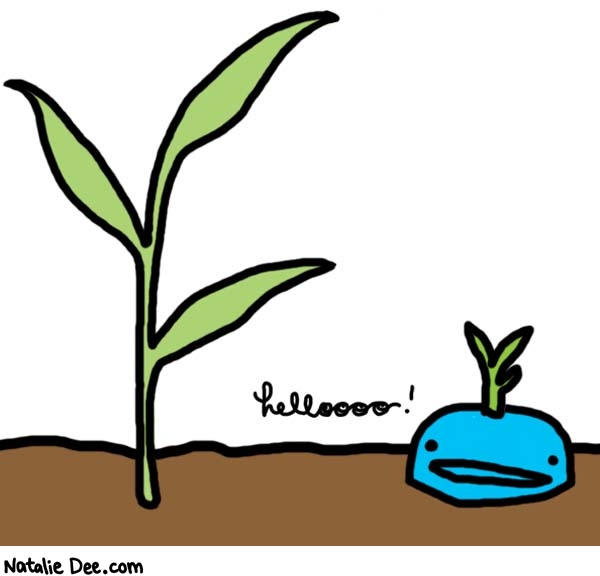
To further extend the functionality of last weeks assignment.
Fairly straight forward, although I did come across an issue with the 'midiinfo' object again. In this case the patch would route an incoming midi signal to the output OK, until I initialised it :?
Basically,now it seems to behave in an appropriate manner, but I have doubts about why it is doing this .. but then again maybe I'm being paranoid :P
Moments of this I did enjoy; further going through the help clicks - window after window getting a bit lost at the potential, and the hope I could remember all this. And the random colour scheme button (the background colour of the screen shot is in fact, a random colour scheme).
I was thinking of putting a 'loadbang' object in (to replace the initialise button), but for some reason things worked before I pressed button, then not after !! So I left just in case.....
I had problems loading the patch, so here's the .txt file of it.
http://ed.growerscollective.com/uni/cc2/week04/week04 final.txt
Oh, and I did notice that 'flush' doesn't work so well if you change channels during a note duration.
Oh Oh, and getting the note durations. Couldn't wangle getting it to pass through appropriately so used 'makenote 100 2200'.
REFERENCES
Haines, Christain. 2008. CC2 - Week 4 - MIDI Information and Control - Planner.pdf
Cycling'74 2006, Max Tutorial, 11/1/2007,











